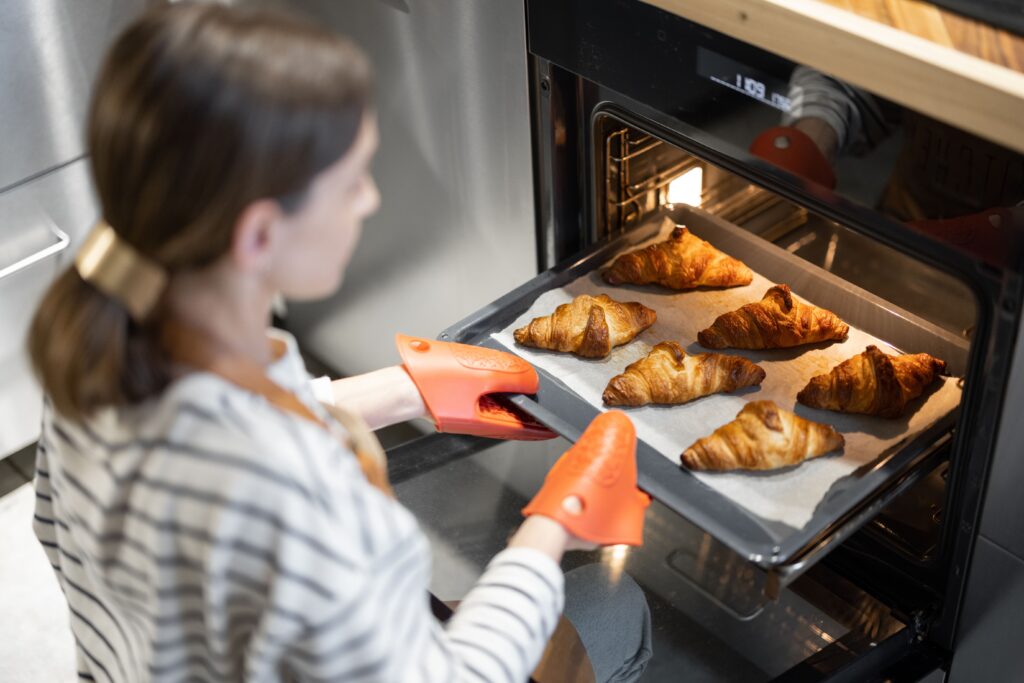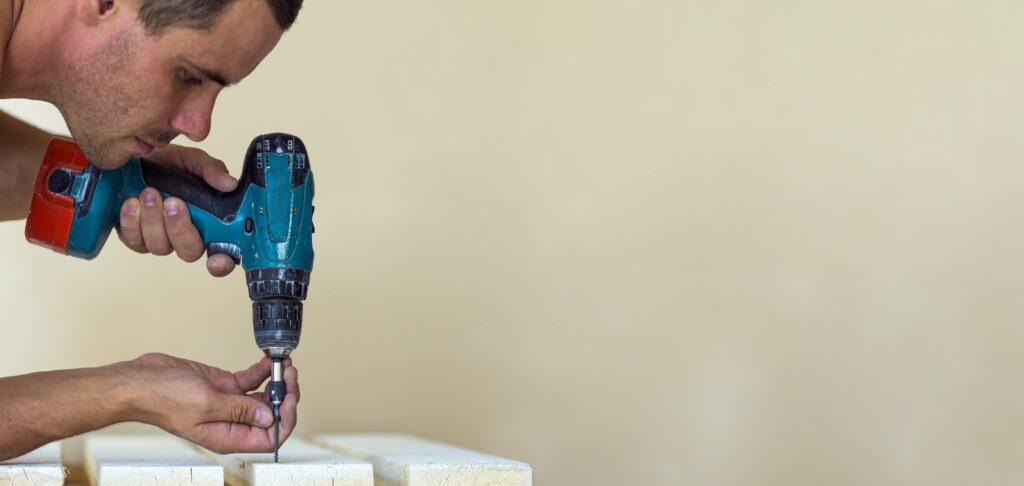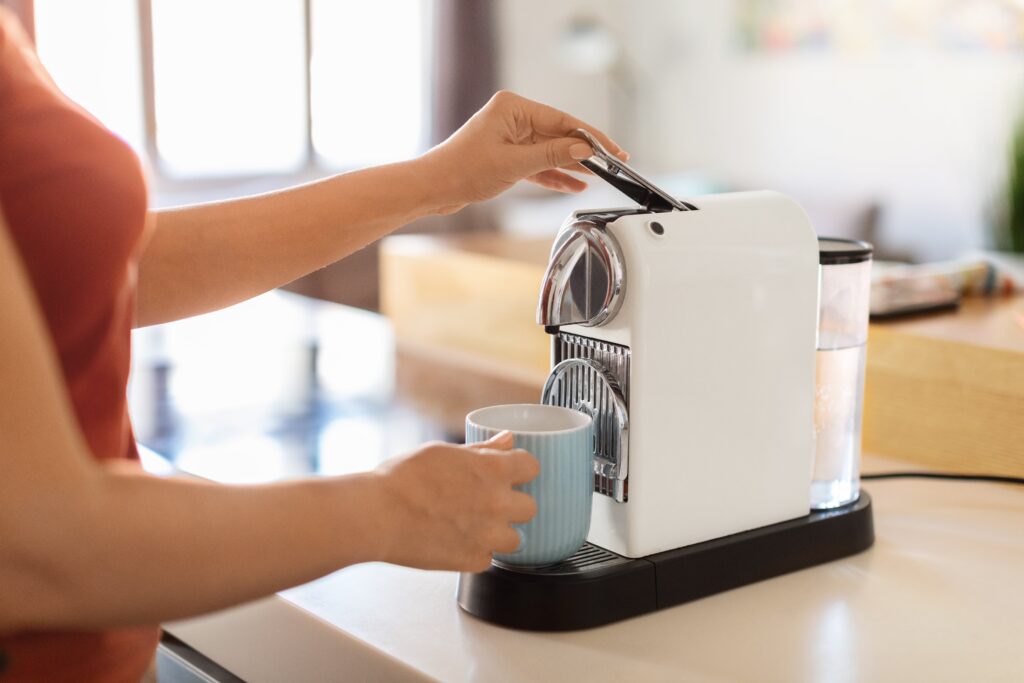
Kitchen environments can quickly become hot, smoky, and greasy, which is why having an efficient ventilation system is paramount. One key component of such a system is the kitchen hood extractor fan. In this blog post, we’ll delve into the importance of these appliances, the different types available, their features, installation and maintenance tips, and answers to frequently asked questions.
What is a Kitchen Hood Extractor Fan?
A kitchen hood extractor fan, often referred to simply as a range hood, is an appliance placed above the cooking area to ventilate smoke, steam, grease, and odors that arise during cooking. By removing these contaminants from the air, kitchen hood extractor fans contribute to a safer and more pleasant cooking environment.
Why You Need a Kitchen Hood Extractor Fan
While they may appear to be a merely aesthetic addition to the kitchen, kitchen hood extractor fans serve critical functions:
- Air Quality Improvement: They filter out smoke and cooking odors, promoting a more pleasant atmosphere in the kitchen.
- Preventing Grease Buildup: Extractor fans catch grease particles, preventing them from settling on kitchen surfaces, which can lead to unsightly stains and possible fire hazards.
- Temperature Control: As cooking generates heat, extractor fans help lower temperatures, making cooking more comfortable.
- Compliance with Health Codes: Many local regulations require commercial kitchens to have effective ventilation systems for safety and health reasons.
Types of Kitchen Hood Extractor Fans
Choosing the right kitchen hood extractor fan depends on the specifics of your kitchen layout and cooking habits. The following table outlines the three main types of kitchen hood extractor fans:
| Type | Description | Pros | Cons |
|---|---|---|---|
| Wall-mounted | Mounted on the wall above the stove, often with a chimney-like appearance. | Effective and aesthetic; ranges in power levels. | Limited use for island kitchens. |
| Island | Suspended from the ceiling above the stove and ideal for cooking islands. | Provides maximum air coverage and style. | More expensive and complex to install. |
| Under-cabinet | Installed underneath cabinets, these are less obtrusive. | Space-saving and generally more affordable. | Usually less powerful than wall-mounted styles. |
Key Features to Consider
When selecting a kitchen hood extractor fan, there are several critical features to think about:
- CFM Rating: This stands for Cubic Feet per Minute and indicates the fan’s air movement capacity. A higher CFM is essential for effective ventilation, especially in kitchens that see a lot of heavy cooking.
- Noise Level: Measured in sones, the noise level can vary widely between models. Choose one that balances power with acceptable noise levels.
- Filtration Type: Look for either a ducted model that vents air outside or a ductless model equipped with charcoal filters to recirculate clean air back into the room.
- Size: The hood should be wider than the cooking surface (ideally 3-6 inches) to capture smoke effectively.
- Design: An aesthetic that complements your kitchen design can enhance visual appeal.
Installation Tips
Installing a kitchen hood extractor fan can often be a DIY project, but professional installation is recommended for ducted models due to the complexity involved. Here are some installation tips to consider:
- Take Measurements: Before purchasing, carefully measure your cooking area and ensure the hood’s dimensions match.
- Choose the Right Height: For wall-mounted ranges, the ideal height is usually 24 to 30 inches above the cooking surface.
- Ducting Options: If opting for a ducted version, plan the ducting path efficiently to minimize bends and ensure optimal airflow.
- Electrical Considerations: Ensure that the electrical requirements (voltage and amperage) match the installation setup.
- Check Local Codes: Always check local building codes to ensure compliance with ventilation regulations.
Maintenance of Kitchen Hood Extractor Fans
Regular maintenance is essential to keep kitchen hood extractor fans operating efficiently. The following checklist can guide homeowners:
- Monthly Filter Cleaning: Most filters can be removed and washed. Ensure they are completely dry before reinstallation.
- Grease Trap Cleaning: Remove the grease traps if available and clean them with warm soapy water.
- Fan Blades: Periodically check fan blades for grease buildup and clean them as necessary.
- Duct Inspection: Ducts should be inspected and cleaned at least once a year to prevent obstruction by grease and debris.
Frequently Asked Questions (FAQ)
1. How do I know what size hood I need?
Measure your cooking surface and choose a hood that’s at least as wide plus an additional 3-6 inches on each side.
2. Are ductless hoods effective?
Ductless hoods can be effective but rely on filters (often charcoal) to clean the air. Consider your cooking habits to determine if ducted or ductless is best for you.
3. How often should I replace the filters?
Charcoal filters should be replaced every 6 months to a year, while metal filters can usually be cleaned and reused.
4. Can I install a hood myself?
While DIY installation is possible, hiring a professional is recommended for more complicated installations, especially those requiring ductwork.
5. What is the optimal CFM for my kitchen?
A good rule of thumb is to have 600-1200 CFM for professional-grade cooking, while home kitchens may require around 300-600 CFM.
A kitchen hood extractor fan is more than just a stylish addition; it’s a vital appliance that enhances air quality, minimizes grease buildup, and controls cooking heat. By understanding the different types, features, installation tips, and maintenance needs, homeowners can make informed decisions that improve their cooking experience. When properly chosen and cared for, a kitchen hood extractor fan can serve as an invaluable ally in maintaining a healthy home kitchen.
Upgrade your kitchen with Ovens And Hobs’ top-of-the-line Kitchen Hood Extractor Fan! Say goodbye to smoke and odor, and hello to a fresh and clean cooking space.


